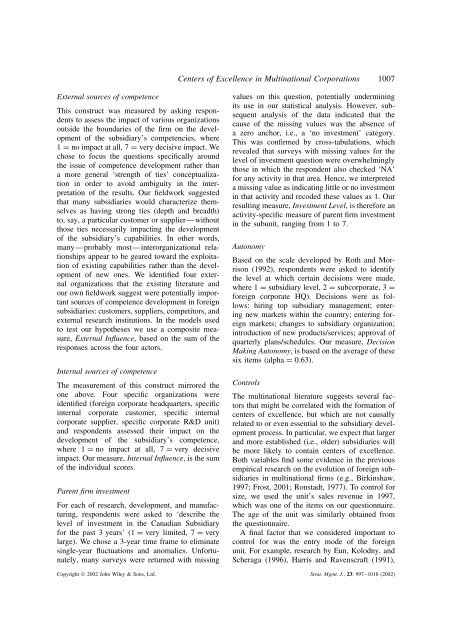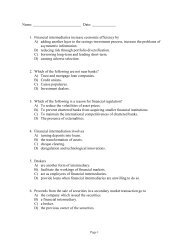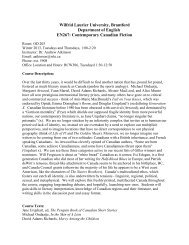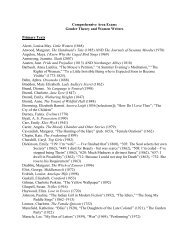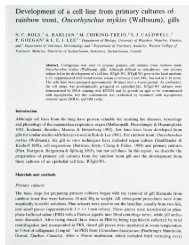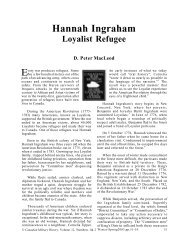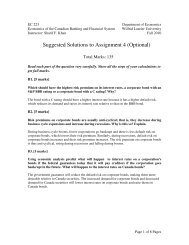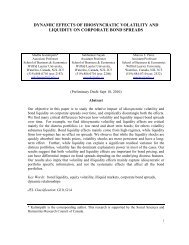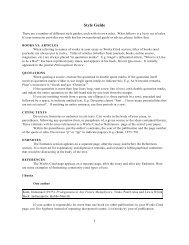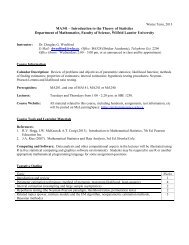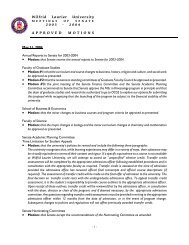CENTERS OF EXCELLENCE IN MULTINATIONAL CORPORATIONS
CENTERS OF EXCELLENCE IN MULTINATIONAL CORPORATIONS
CENTERS OF EXCELLENCE IN MULTINATIONAL CORPORATIONS
Create successful ePaper yourself
Turn your PDF publications into a flip-book with our unique Google optimized e-Paper software.
Centers of Excellence in Multinational Corporations 1007External sources of competenceThis construct was measured by asking respondentsto assess the impact of various organizationsoutside the boundaries of the firm on the developmentof the subsidiary’s competencies, where1 = no impact at all, 7 = very decisive impact. Wechose to focus the questions specifically aroundthe issue of competence development rather thana more general ‘strength of ties’ conceptualizationin order to avoid ambiguity in the interpretationof the results. Our fieldwork suggestedthat many subsidiaries would characterize themselvesas having strong ties (depth and breadth)to, say, a particular customer or supplier—withoutthose ties necessarily impacting the developmentof the subsidiary’s capabilities. In other words,many—probably most—interorganizational relationshipsappear to be geared toward the exploitationof existing capabilities rather than the developmentof new ones. We identified four externalorganizations that the existing literature andour own fieldwork suggest were potentially importantsources of competence development in foreignsubsidiaries: customers, suppliers, competitors, andexternal research institutions. In the models usedto test our hypotheses we use a composite measure,External Influence, based on the sum of theresponses across the four actors.Internal sources of competenceThe measurement of this construct mirrored theone above. Four specific organizations wereidentified (foreign corporate headquarters, specificinternal corporate customer, specific internalcorporate supplier, specific corporate R&D unit)and respondents assessed their impact on thedevelopment of the subsidiary’s competence,where 1 = no impact at all, 7 = very decisiveimpact. Our measure, Internal Influence,isthesumof the individual scores.Parent firm investmentFor each of research, development, and manufacturing,respondents were asked to ‘describe thelevel of investment in the Canadian Subsidiaryfor the past 3 years’ (1 = very limited, 7 = verylarge). We chose a 3-year time frame to eliminatesingle-year fluctuations and anomalies. Unfortunately,many surveys were returned with missingvalues on this question, potentially underminingits use in our statistical analysis. However, subsequentanalysis of the data indicated that thecause of the missing values was the absence ofa zero anchor, i.e., a ‘no investment’ category.This was confirmed by cross-tabulations, whichrevealed that surveys with missing values for thelevel of investment question were overwhelminglythose in which the respondent also checked ‘NA’for any activity in that area. Hence, we interpreteda missing value as indicating little or no investmentin that activity and recoded these values as 1. Ourresulting measure, Investment Level, is therefore anactivity-specific measure of parent firm investmentin the subunit, ranging from 1 to 7.AutonomyBased on the scale developed by Roth and Morrison(1992), respondents were asked to identifythe level at which certain decisions were made,where 1 = subsidiary level, 2 = subcorporate, 3 =foreign corporate HQ). Decisions were as follows:hiring top subsidiary management; enteringnew markets within the country; entering foreignmarkets; changes to subsidiary organization;introduction of new products/services; approval ofquarterly plans/schedules. Our measure, DecisionMaking Autonomy, is based on the average of thesesix items (alpha = 0.63).ControlsThe multinational literature suggests several factorsthat might be correlated with the formation ofcenters of excellence, but which are not causallyrelated to or even essential to the subsidiary developmentprocess. In particular, we expect that largerand more established (i.e., older) subsidiaries willbe more likely to contain centers of excellence.Both variables find some evidence in the previousempirical research on the evolution of foreign subsidiariesin multinational firms (e.g., Birkinshaw,1997; Frost, 2001; Ronstadt, 1977). To control forsize, we used the unit’s sales revenue in 1997,which was one of the items on our questionnaire.The age of the unit was similarly obtained fromthe questionnaire.A final factor that we considered important tocontrol for was the entry mode of the foreignunit. For example, research by Eun, Kolodny, andScheraga (1996), Harris and Ravenscraft (1991),Copyright © 2002 John Wiley & Sons, Ltd. Strat. Mgmt. J., 23: 997–1018 (2002)


